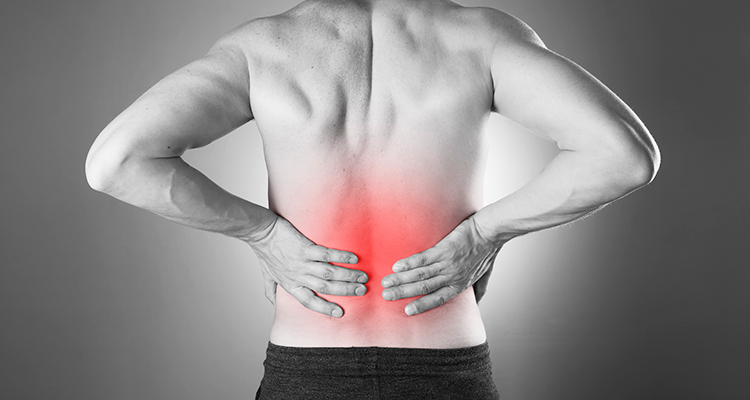
Back pain is a common complaint that affects millions of people worldwide. It can range from a dull, constant ache to a sudden, sharp pain and can be caused by various factors, including muscle strain, structural issues, or underlying medical conditions. Understanding the causes, diagnosis, and treatment options for back pain is crucial for effective […]
Back pain refers to discomfort or pain in the upper, middle, or lower back. It can be caused by muscle or ligament strain, herniated discs, spinal stenosis, arthritis, osteoporosis, or other conditions. The pain can be acute (short-term) or chronic (lasting more than three months).
Diagnosing and treating back pain typically involves several steps:
While nebulizers are used for respiratory treatments, back pain management typically involves other treatment options, including:
Understanding the causes and treatment options for back pain can help individuals manage their condition effectively and maintain an active, pain-free lifestyle.
© 2021-2025 Jackson Urgent Care. All Rights Reserved. Made With Love by Ignite Marketing Agency.